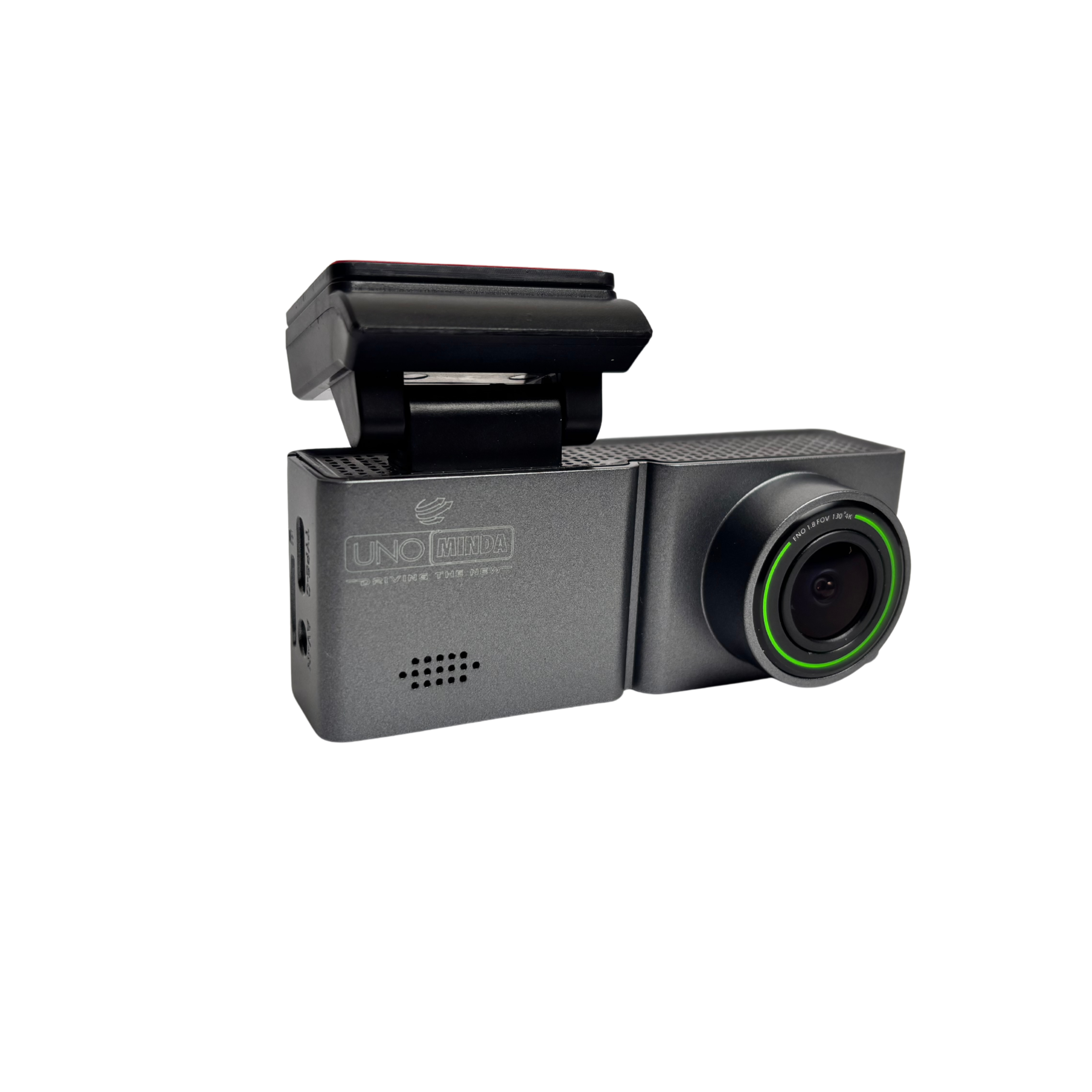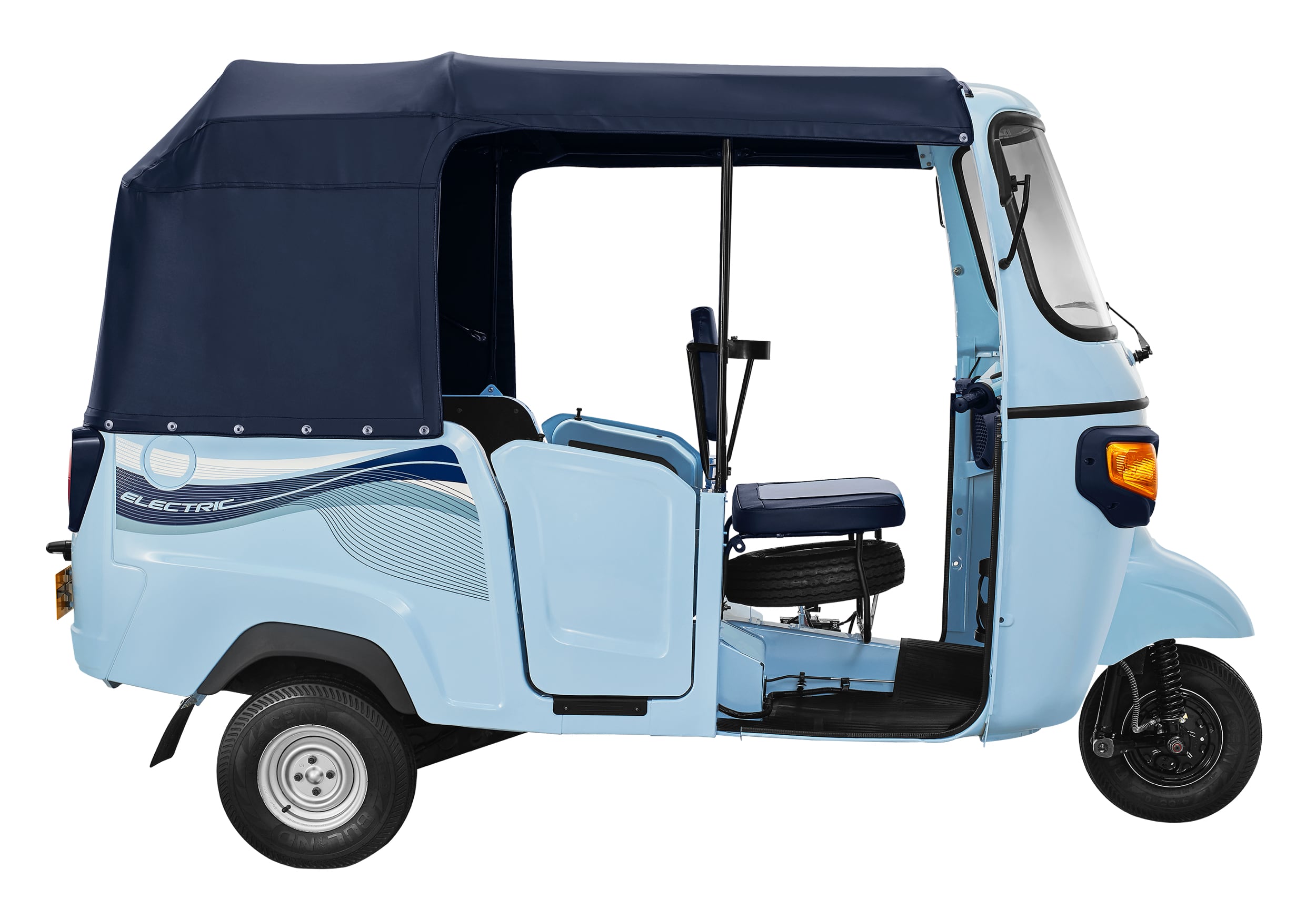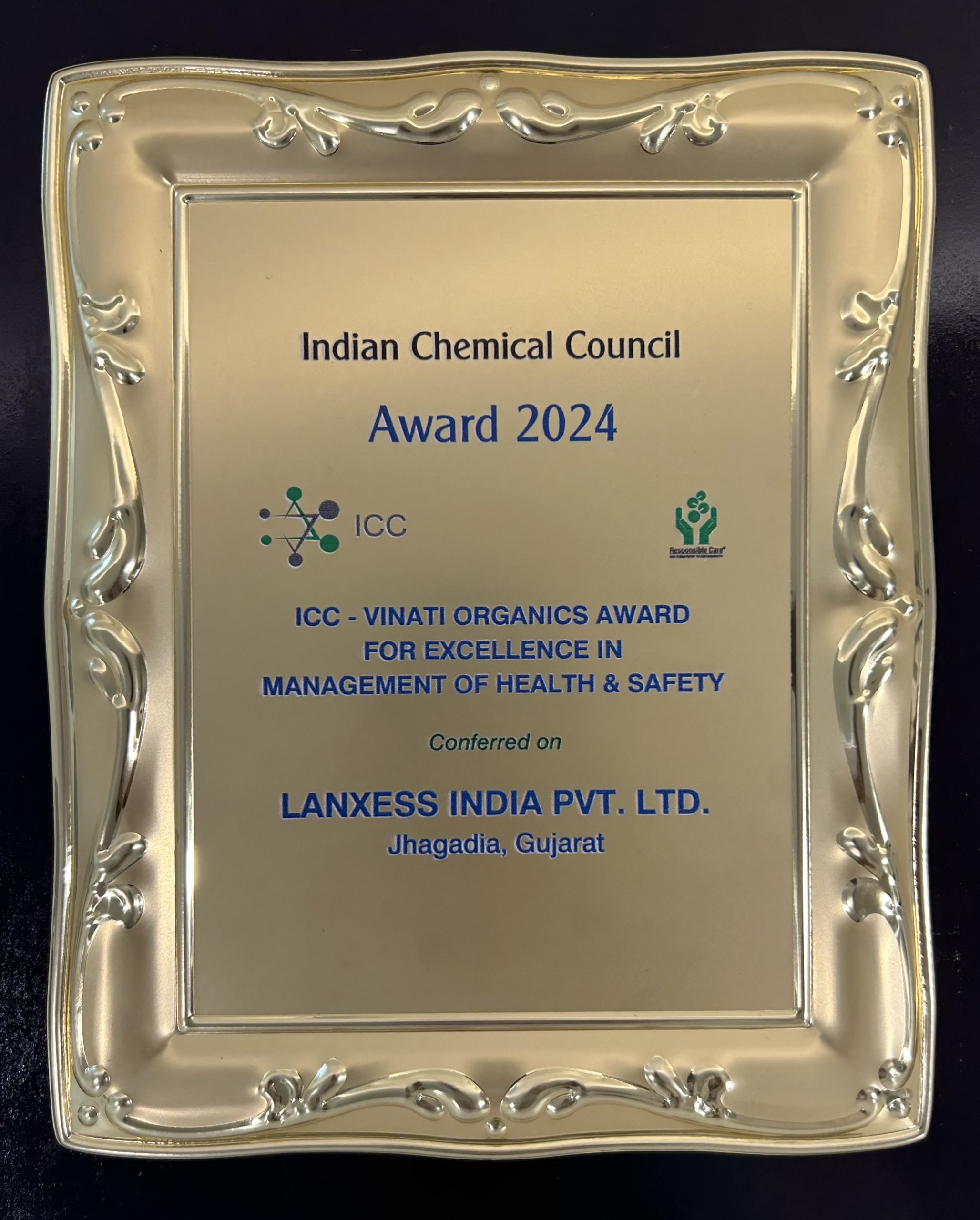Visteon Corporation will showcase advanced technology in three different passenger cars to demonstrate how it can increase a vehicle’s value throughout its lifecycle by reducing warranty costs and enhancing the driving experience. Demonstrations will occur Jan. 6-9 at the Visteon booth (#20) in the Central Plaza of the Las Vegas Convention Center during the 2015 International CES.
“The vehicle connectivity gallery will highlight several secure over-the-air software upgrades delivered via the Cloud through the Visteon Connected Vehicle Hub using various wireless communication protocols,” said Mark Zeinstra, director, connected services. “Each use case demonstrates value by highlighting benefits that will appeal to various audiences, including owners and automakers.”
The consumer-focused vehicle addresses key consumer trends in infotainment including mass customization, place/time shifting of content and ubiquitous connectivity to Cloud services. Factory-provided and portable connectivity methods provide real-time data services that today’s drivers crave, such as news, traffic and weather. The vehicle highlights a secure way to upgrade the infotainment system to include a smartphone connectivity solution. Because these refreshes are simple to make, the owner can regularly experience the latest in-vehicle electronics.
The automaker-focused vehicle demonstrates Visteon’s collaboration with Verizon to illustrate the connected benefits to auto manufacturers. By utilizing Verizon’s LTE Multicast technology, automakers can simultaneously transmit Firmware Over-the-Air updates to vehicles in an entire fleet, manufacturing plant or region. The Visteon Connected Vehicle Hub coordinates and manages software levels and can upgrade every electronic module in the vehicle, including its next-generation reconfigurable instrument cluster platform – LightScape™ D3.1 – and infotainment system – OpenAir™ I1.3. Visteon’s connected services solution helps automakers reduce warranty and network data costs, while helping ensure data security.
The dual-focused vehicle showcases consumer convenience by allowing owners to bring their already installed apps and user settings from one vehicle to another. Additionally, the vehicle software learns owner preferences and makes improvements and enhancements to the user interface, further extending the personalized experience. These capabilities open up new revenue streams for automakers and provide a means to safely upgrade new features and integrated connected apps. This customized user- experience helps build brand loyalty for the auto manufacturer.












Leave a Reply